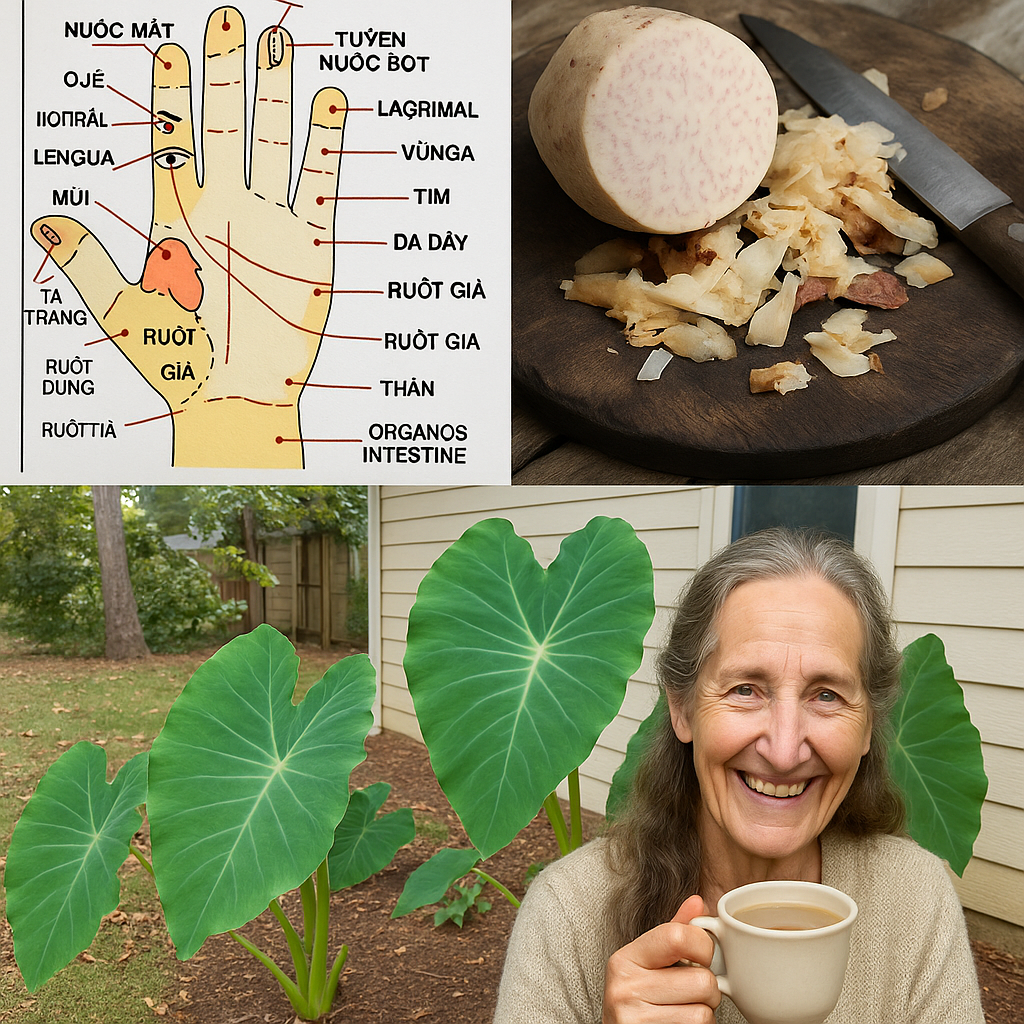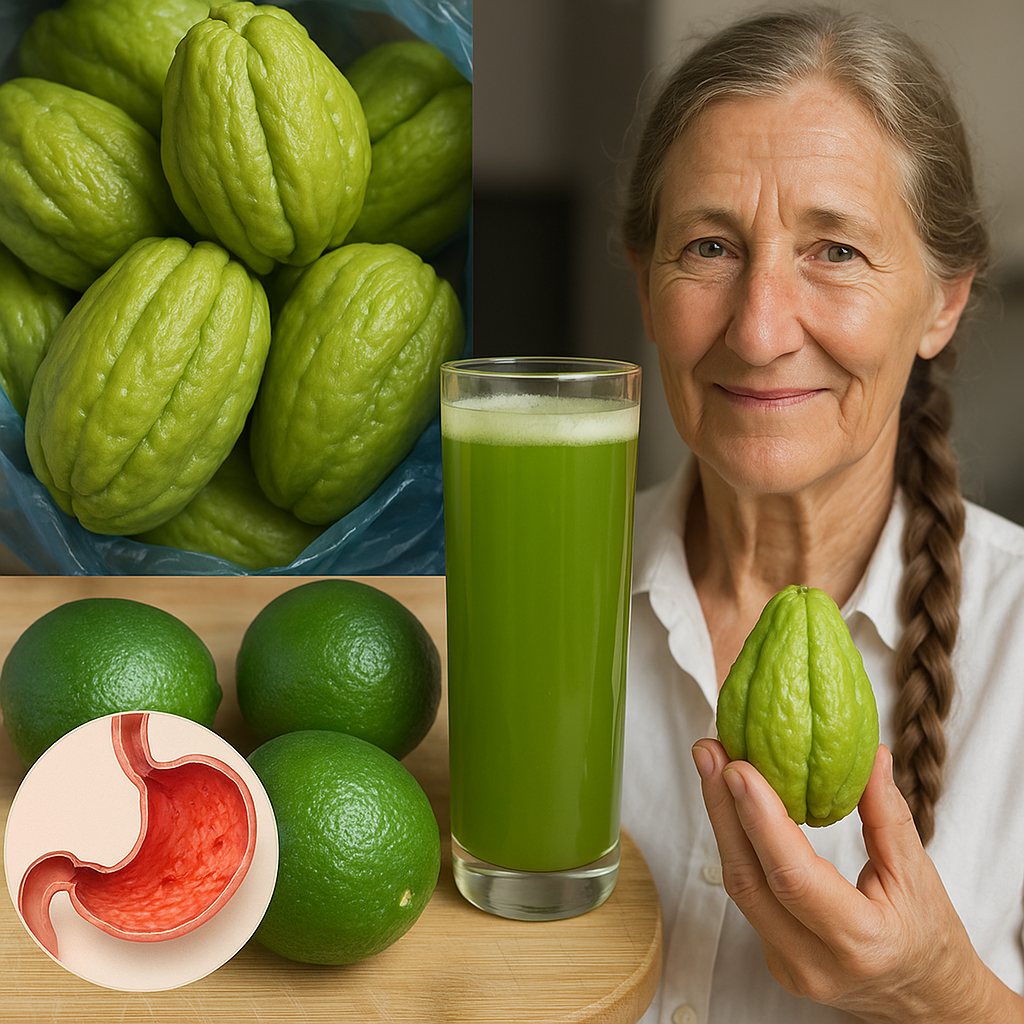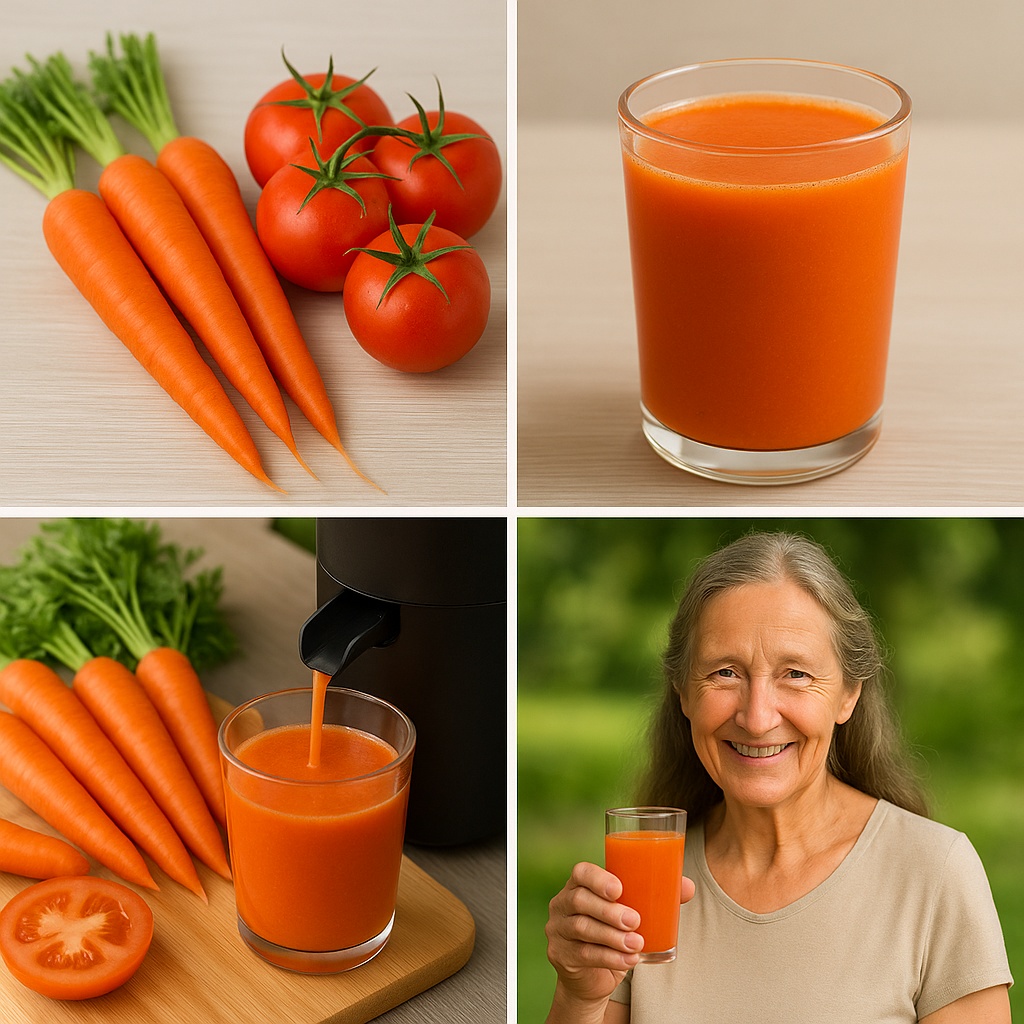🥄 What if one of the world’s most powerful superfoods was already 10,000 years old—and still hiding in plain sight?
Meet taro root. Known across cultures as kalo, arbi, or dasheen, taro is a humble-looking starchy root that quietly carries a legacy of nourishment, healing, and resilience. While kale, quinoa, and chia may dominate the modern wellness space, taro has quietly stood the test of time, revered across Asia, the Pacific Islands, the Caribbean, and Africa.
Now, this ancient treasure is ready for a revival—and once you discover its benefits, you’ll wonder why it’s not already a staple in your kitchen.

🌍 A Legacy Rooted in Wisdom and Culture
Taro is one of the earliest cultivated crops in human history. Its story begins in Southeast Asia but stretches across the globe—nourishing civilizations, enriching cuisines, and shaping traditions.
🌺 In Hawaii, taro (kalo) is sacred—symbolizing life, ancestry, and deep connection to the land
🇮🇳 In India, it’s comfort food woven into everyday meals
🌴 In the Caribbean, it’s a nutritional staple passed down through generations
This is not just food. It’s cultural medicine, spiritual connection, and survival in one plant.
💪 Why Taro Deserves Superfood Status
Don’t let its rugged exterior fool you. Taro is packed with nutrients that deliver serious health rewards:
🥔 Complex Carbohydrates
✅ Provides steady energy
✅ Supports blood sugar balance
✅ Ideal for active lifestyles and diabetic-friendly meals
🌾 Rich in Dietary Fiber
✅ Aids digestion and prevents constipation
✅ Promotes fullness, helping with weight control
✅ Supports heart health by managing cholesterol
💎 Essential Vitamins & Minerals
✅ Vitamin C, E, and beta-carotene for radiant skin and strong immunity
✅ Potassium and magnesium for heart rhythm and muscle function
✅ Iron and manganese to build blood and strengthen bones
🧬 Other Highlights
✅ Naturally low in fat
✅ Gluten-free and allergy-friendly
✅ High in antioxidants to combat free radicals and oxidative stress
🧑🍳 How to Enjoy Taro at Home
Taro isn’t just nutritious—it’s incredibly versatile. From savory comfort foods to colorful desserts, it’s a blank canvas for creativity.
🍛 Root Recipes to Try:
- Boiled or Steamed: Soft and buttery, perfect as a side dish
- Mashed Taro: A fiber-rich alternative to mashed potatoes
- Taro Fries or Chips: Crunchy, naturally flavorful, and healthier than standard fries
- Curries and Soups: Absorbs flavor like a sponge and adds texture
- Taro Desserts: Think creamy taro ice cream, purple bubble tea, or sweet puddings
⚠️ Always cook taro root thoroughly before eating. Raw taro contains calcium oxalate crystals that can irritate the throat and skin.
🌿 Yes, the Leaves Are Edible Too
Taro leaves are nutritional powerhouses on their own—rich in iron, calcium, vitamin A, and vitamin C. Once cooked, they become tender and flavorful, perfect for stews and wraps.
Try them in:
🥥 Laing – A Filipino dish of taro leaves simmered in coconut milk
🌿 Stuffed Leaves – Similar to grape leaf dolmas, filled with rice or seasoned meat
🍲 Soups and Stews – Adds a soft, earthy green element with maximum nutrition
Remember to cook taro leaves thoroughly to neutralize natural toxins.
❤️ The Health Benefits Go Deep
Taro is more than fuel—it’s functional food that works behind the scenes to protect, balance, and energize your body.
💓 Supports Heart Health
High potassium and fiber levels help lower blood pressure and cholesterol—naturally.
🩸 Regulates Blood Sugar
With a low glycemic index and resistant starches, taro helps maintain steady blood sugar—ideal for diabetics and anyone avoiding sugar spikes.
🛡️ Boosts Immunity
Vitamin C and antioxidant-rich compounds keep your immune system strong and resilient.
🌟 Promotes Youthful Skin
Vitamin E and beta-carotene work together to protect skin cells and reduce the visible signs of aging.
🧠 Improves Gut Health
Taro’s fiber feeds good bacteria in your gut, reducing bloating and supporting your microbiome.
🌿 Deep Roots in Traditional Medicine
For centuries, taro has also played a role in traditional healing systems.
🧘 In Ayurveda, taro is used in pastes to soothe skin conditions
🏝️ In Pacific Island medicine, it symbolizes fertility and is central to spiritual rituals
🧧 In Traditional Chinese Medicine, taro is believed to strengthen the spleen and improve digestion
🌱 A Sustainable Crop for a Healthier Planet
Taro isn’t just good for you—it’s good for the Earth.
🌍 Grows in wetlands and nutrient-poor soils where other crops fail
🌱 Requires minimal intervention and water
🍃 Every part of the plant is edible, reducing waste and increasing food security
This ancient root may hold answers for future food systems in a changing climate.

🥞 How to Start Adding Taro to Your Life
New to taro? Start simple and savor the experience.
- 🍠 Boil it, season with olive oil and sea salt
- 🧄 Mash it with garlic and herbs for a savory twist
- 🧁 Use taro flour for gluten-free muffins or pancakes
- 🍨 Try purple taro ice cream—it’s as delicious as it is beautiful
🌟 Final Thoughts: Why Taro Belongs on Your Plate
Taro root isn’t just a food—it’s an ancient source of strength, balance, and healing. Whether you want better digestion, glowing skin, steady energy, or a new culinary adventure, taro delivers with quiet power.
It’s time we bring this ancestral treasure back to the spotlight.
🌿 Eat it. Celebrate it. Pass it on.
Let this ancient root be your next wellness ritual. Ready to taste the wisdom of 10,000 years? Start this week—and feel the difference from root to soul. 💚


